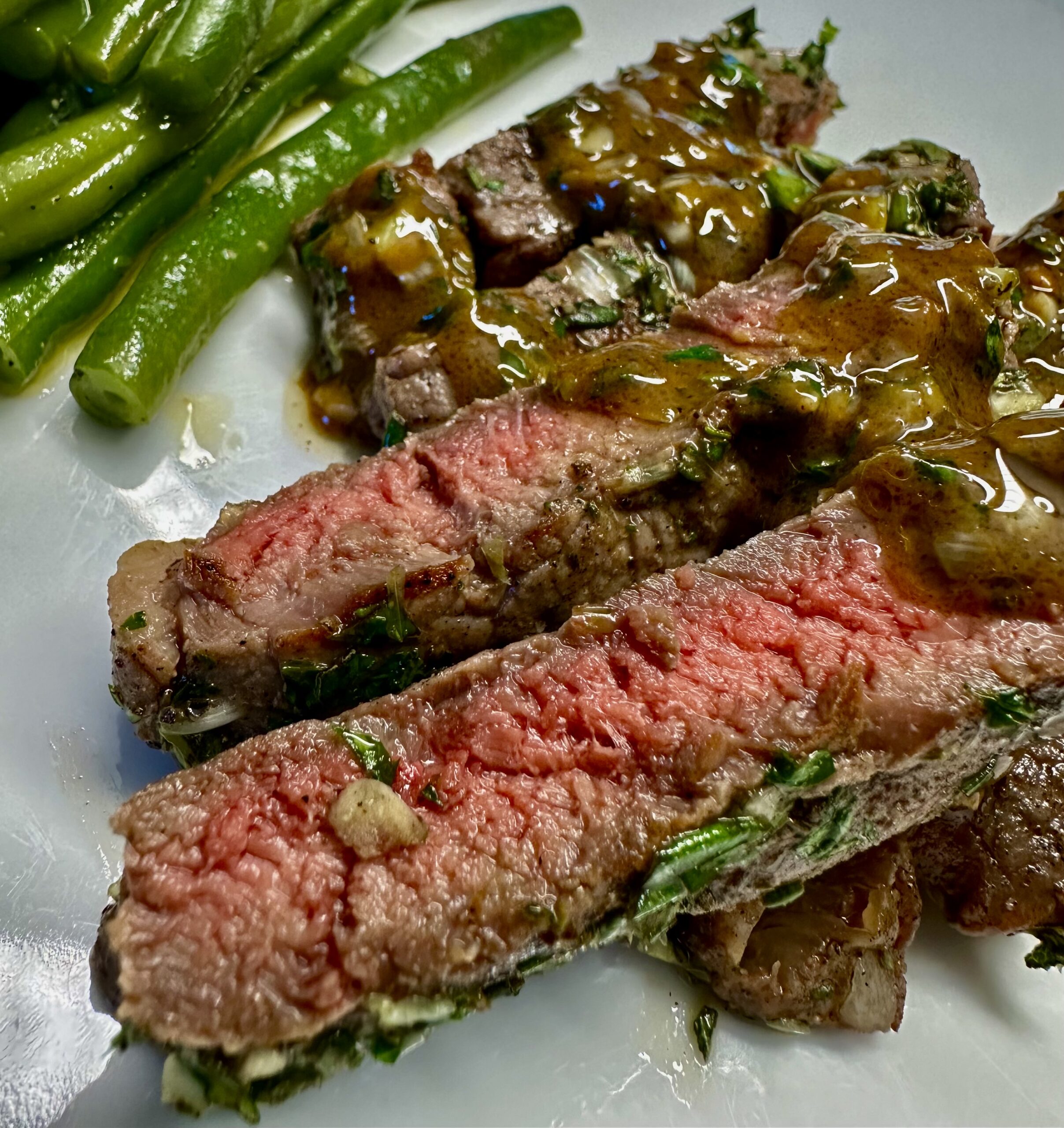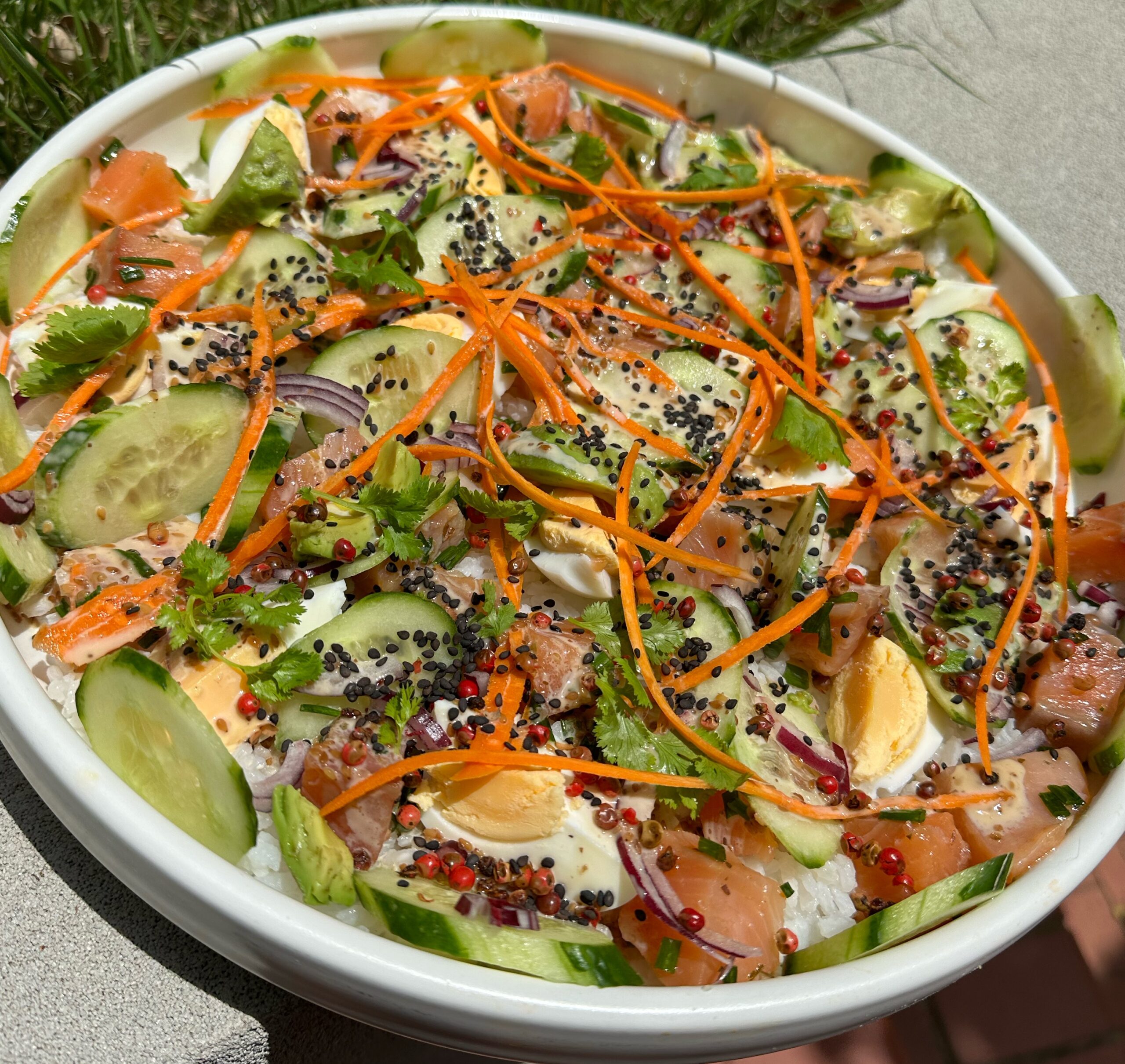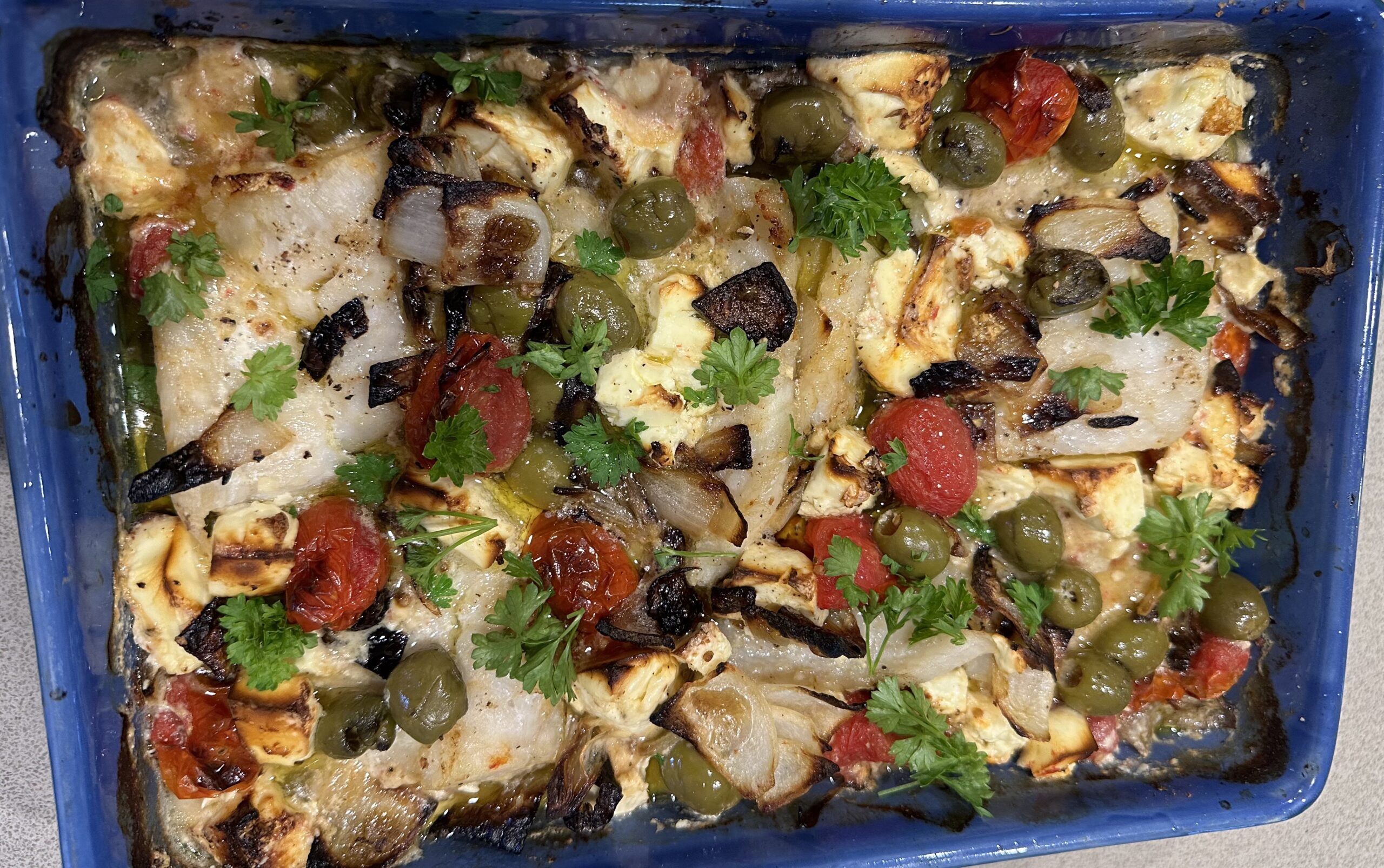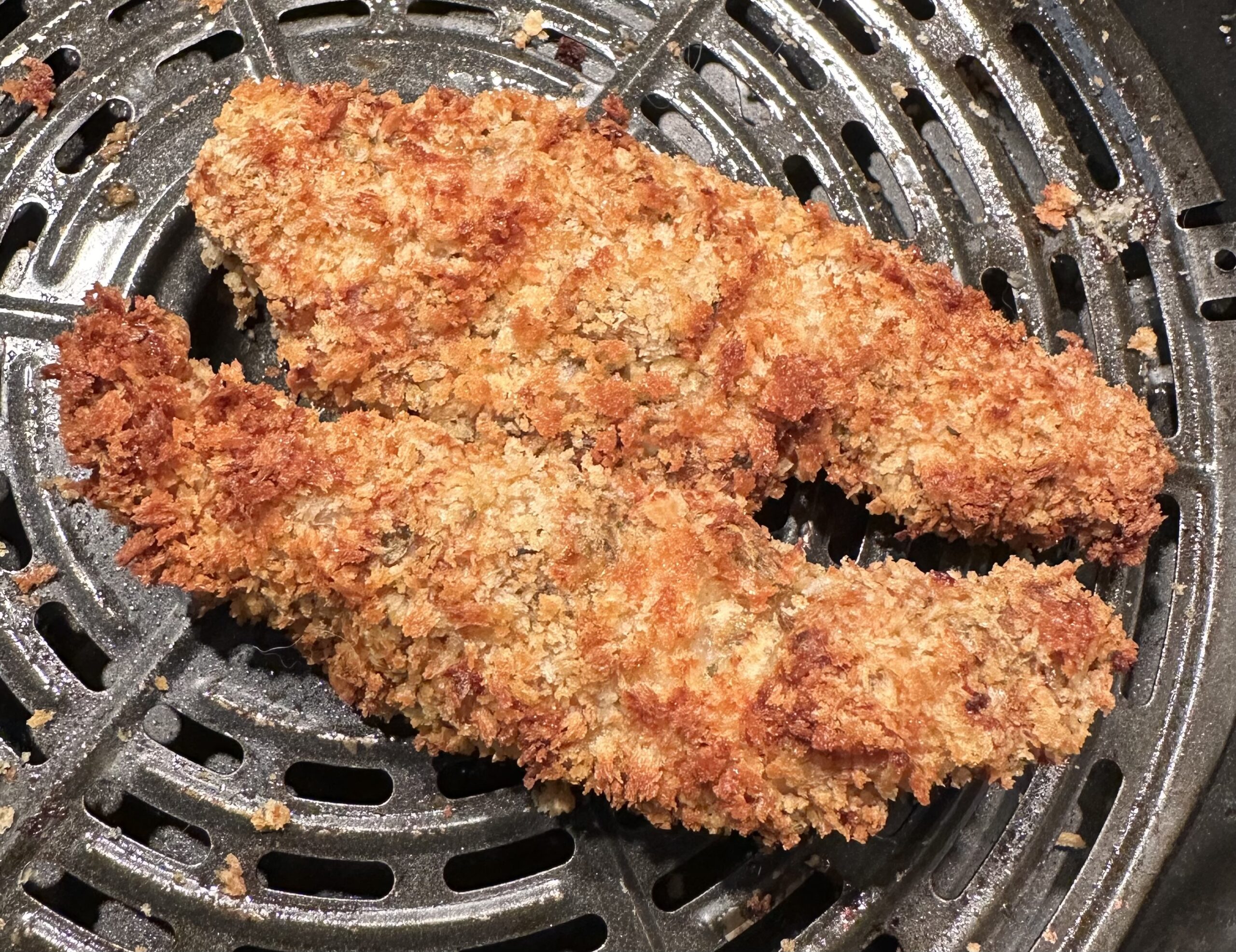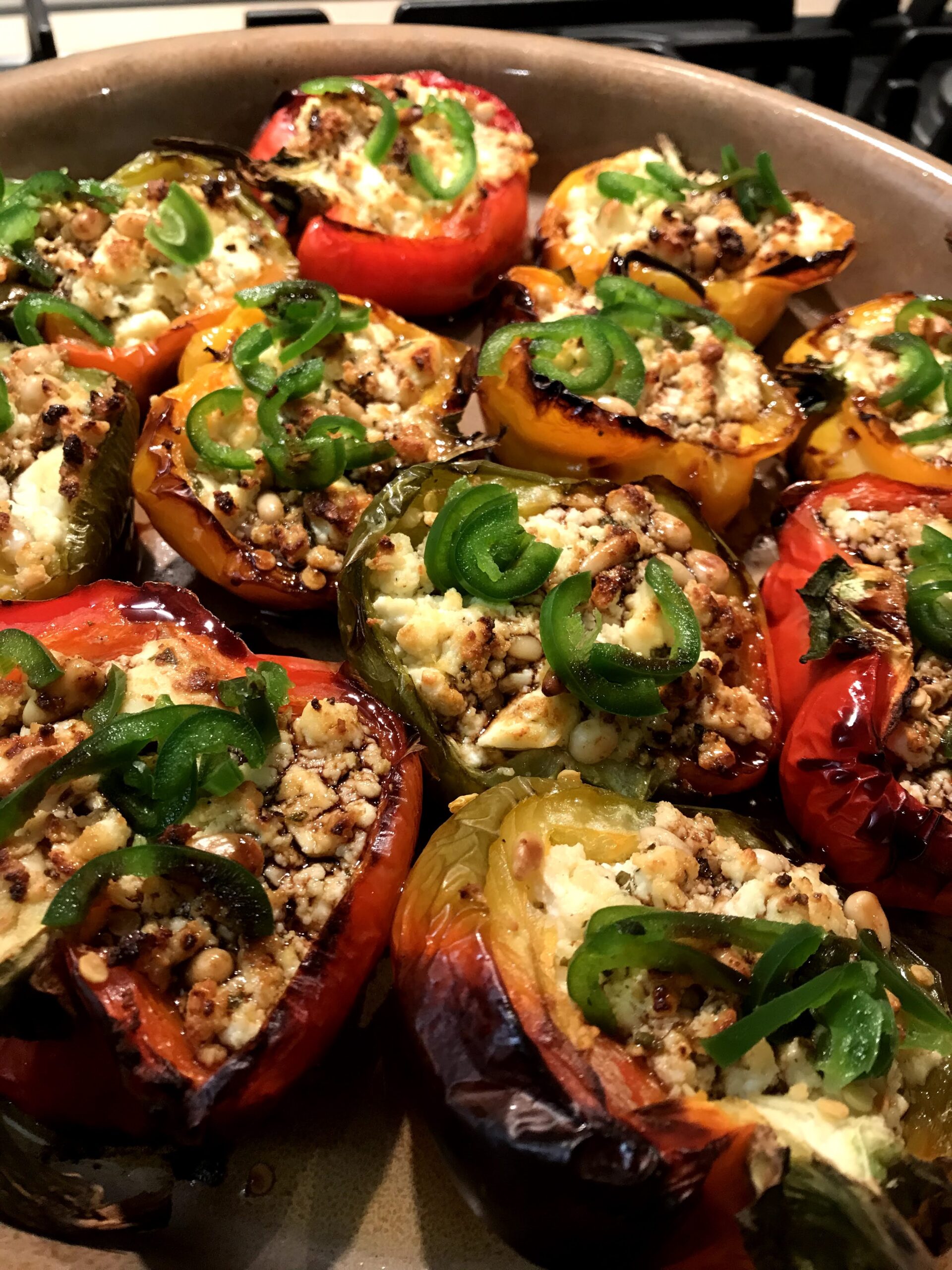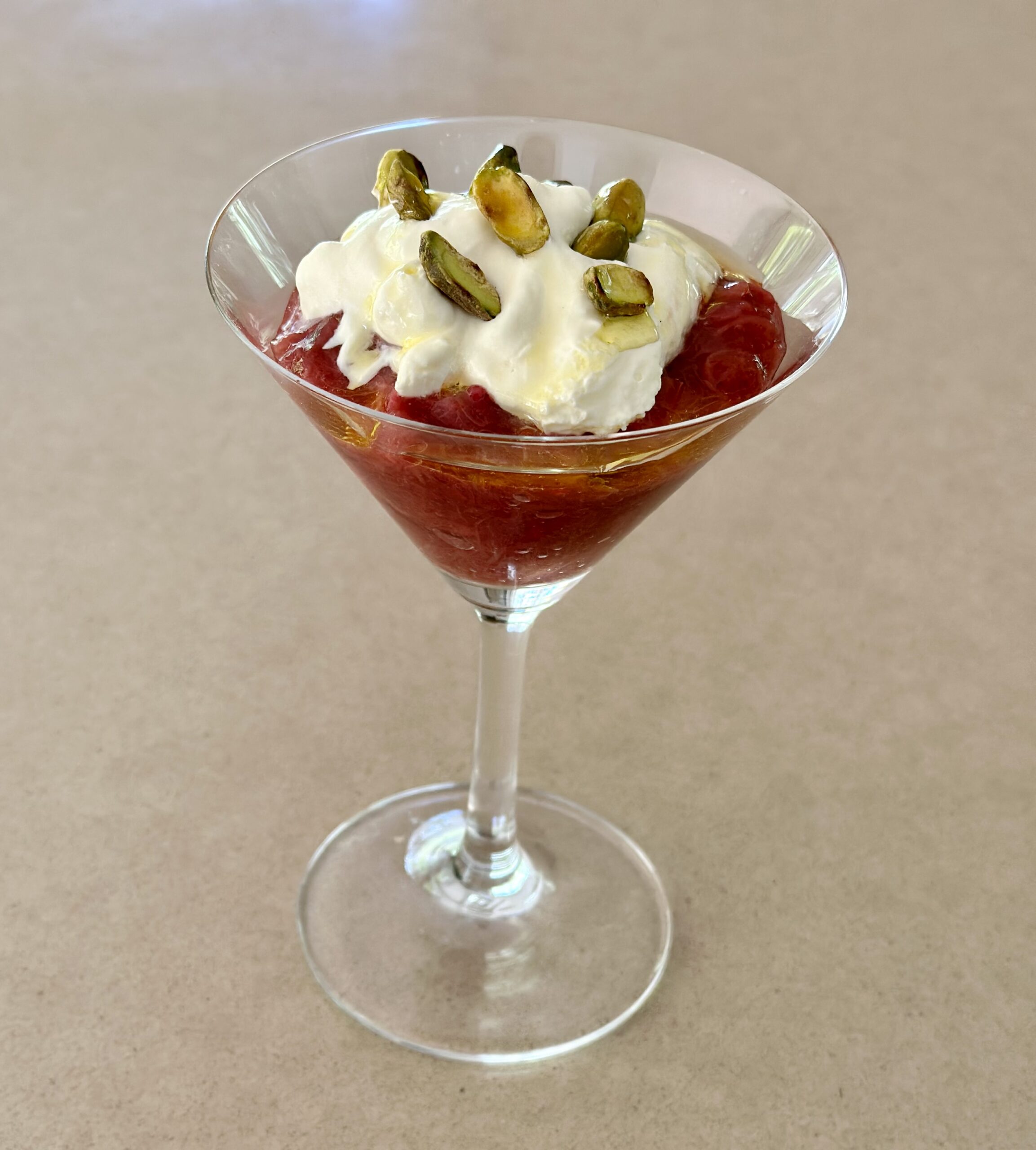A hard boiled egg, wrapped in sausage meat, coated in breadcrumbs and deep fried becomes a Scotch egg.
There are various explanations regarding the origin of the name of these traditional British snacks. They were first mentioned in Britain in publications from the early 1800s, so they have been around for quite some time.
The advent of the air fryer makes cooking them so much easier and healthier. Instead of deep frying, just give them a quick spray with a can of oil before they go into the air fryer.
Served at room temperature they make a perfect addition to lunch boxes, summer buffets and picnics.
Serve with Spicy Tomato Sauce (recipe below) for dipping.
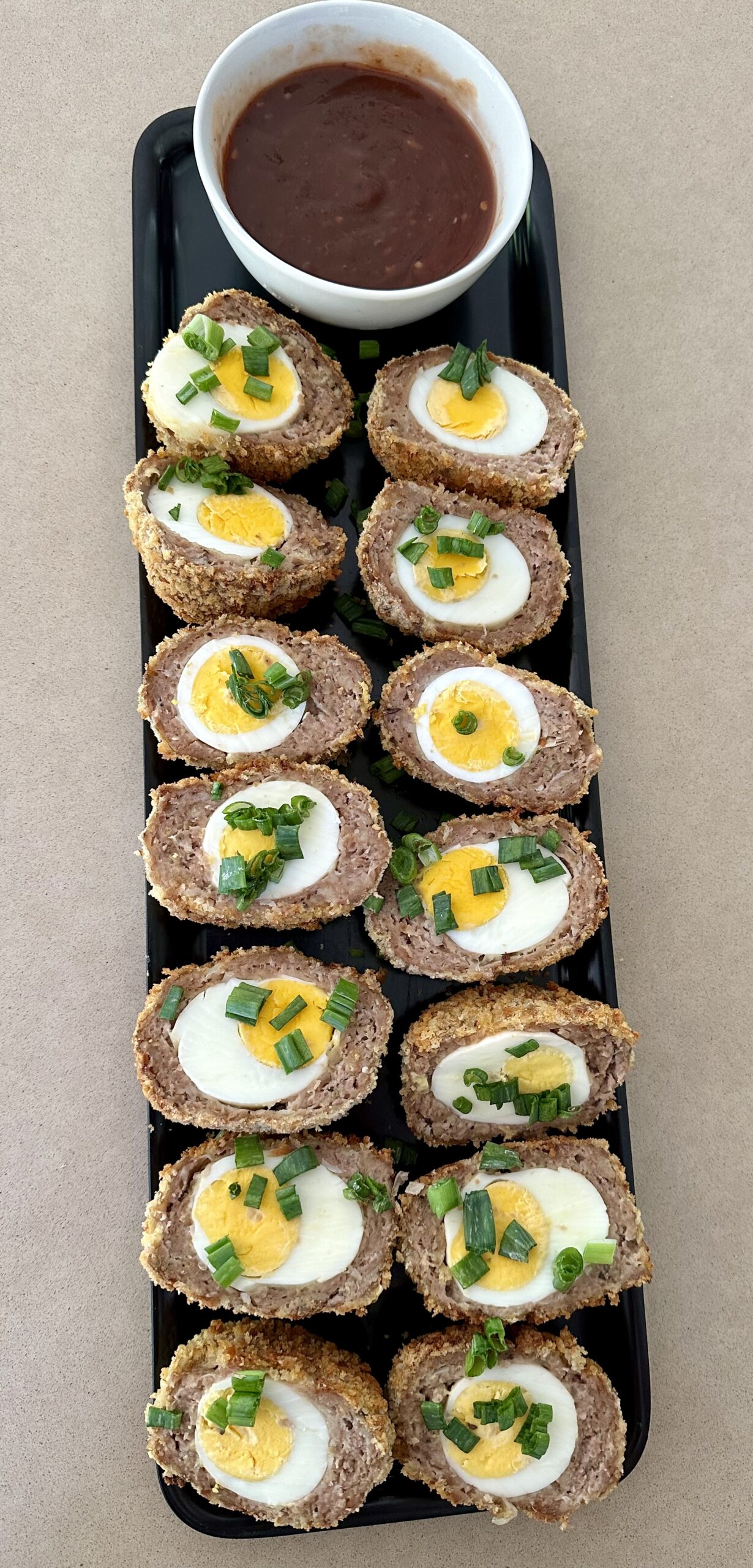
6 large eggs, hardboiled and peeled
600g pork sausages
1 very small onion, grated (optional)
1 tsp mixed dried herbs
Salt and freshly ground black pepper, to taste
2 eggs, beaten
1 cup (or maybe a bit more) panko breadcrumbs (or ordinary breadcrumbs)
Fresh herbs or thinly sliced spring onion to garnish
Spicy Tomato Dipping Sauce:
½ cup tomato ketchup
1 Tbs Worcestershire Sauce
1 clove garlic, crushed
2 Tbs vinegar
1 small onion, grated
1½ Tbs honey
½ tsp hot English mustard
2 tsp grated fresh ginger
While the eggs are boiling, remove the casings from the sausages and discard them. Mix the sausage meat with the onion, herbs, salt and pepper. Divide the mixture into six and flatten each portion into a circle about four inches (10cm) in diameter. Place an egg on each, wrap the sausage meat around the egg and pinch to close any holes an make a nice oval ball. Roll each one in beaten egg then breadcrumbs, patting them in to cover evenly. Can be made ahead to this point and kept refrigerated for up to several hours. My eggs were not very big so I hardboiled 7 rather than 6.
Place the Scotch eggs in an air fryer in one layer and preferably not quite touching. Spray lightly with oil then cook at 200°C for about 20 minutes. After 10 minutes turn them over and spray again.
Remove from air fryer when cooked and leave to cool. Serve cut in half, garnished with herbs or spring onion and with the sauce for dipping.
Makes 12 egg halves
Sauce: heat ingredients together in a saucepan, then cool. Use as a dipping sauce for Scotch eggs, sausage rolls and empanadas.


